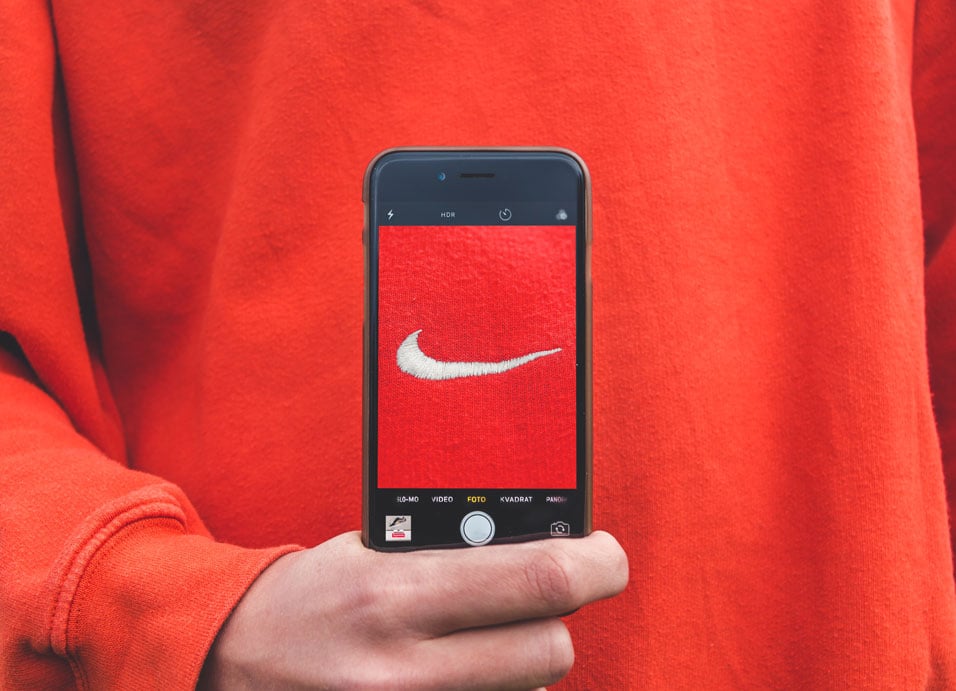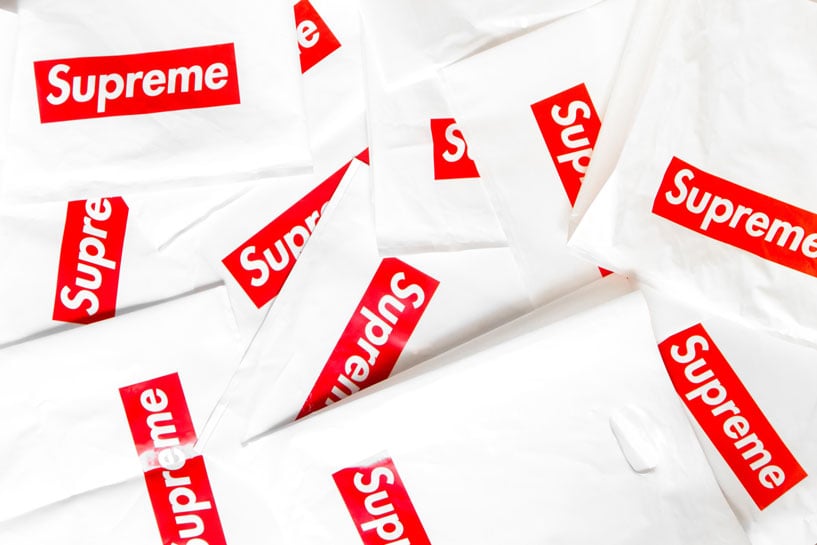Updated: January 3, 2025- 7 min read

Product Managers. Brand Managers. Project Managers. Product Owners. Product Marketers. They are all very different, right?
For tech insiders, it is just so clear what everyone does.
For aspiring industry leaders… Not so much. In fact, job positions keep changing all the time. For example, it is fashionable today to express goals through titles; such as “Customer Success”. In the next few years, the widespread adoption of new technologies, like Machine Learning, will most likely expand these positions.
This makes the demarcation of responsibilities a really important mission. Here, we will explain why managing brands is not really the same as managing products. While, on the surface, they seem to share similar tasks, these are very different missions within organizations. Of course, it does not mean that Brand Managers cannot become PMs. But those who wish to transition will have to apply themselves.
Let’s see why.

No Product? No Branding
Let’s reveal the connections. Because there are of course connections between brand and product work. Branding concerns the image of a product or of a company, which is meant to build a successful relationship with clients and potential customers. Of course, it is a feature of a competitive market with many product alternatives. After all, if you have dozens of alternatives at similar prices, why should you bet on one particular product?
Brand Management is mostly associated with superficial elements: marketing components like messaging, packaging or distribution. For instance, a company that relies on environmental themes should discard plastic bags! Equally, a media outlet that focuses on children’s entertainment will not associate itself with violent or inappropriate content. Thus, both physical and intellectual components of the firm’s image matter for the Brand Manager.

Good Product Managers think about branding a lot.
Those who join established companies are very careful. These are established corporations, with a long history of relationships with their public. Developing “off-brand” features and products would be these PMs worst nightmare. As a result, from the way the website looks and feels, to the copy used in the calls-to-action, product people ensure that every single element is reinforced together.
Similarly, for those joining a startup or launching their own, branding can mean a great deal:
First of all, beginnings are difficult. You will need to attract attention to your product to attract talent and investment.
Secondly, there are often several small teams competing on the same niche. Being the first is not necessarily what you need for success. Actually, having the most powerful brand can be the ultimate push that shifts the balance in your favor.
Finally, establishing a brand soon can help you maintain a coherent vision in times of stress. Your brand will remind you of your product goals and help you stay on track.

Even if this is the case, however, Brand and Product Management are different. Brand people come usually from creative backgrounds, where they try to combine user research, psychology and design to find out what matters the most for potential audiences. They are hugely important in today’s global economy: while there are plenty of countries that can manufacture mass market products; only a handful of contractors will have the privilege of making stuff for top brands.
Certainly, this means that Brand Managers are becoming more embedded across departments and functions. However, their position is definitely not as spread across the firm as Product Managers.
Product Managers are responsible for discovering, developing, designing, launching and marketing a product. In the process, they have to engage all of the relevant stakeholders (which include basically the whole business operation) and make sure that their Product Vision is respected by them. They will certainly have branding issues in their mind, but they will also include other factors as diverse as the way sales people will engage future customers; or the competition’s oncoming features.
In fact, one could say that Brand Management is included in Product Management. This does not subtract any responsibility from branding teams; rather, it highlights how important it is for PMs to occupy many different fields. After all, without a Product, there is nothing to Brand!

The Missing Digital Equation: Function + Attachment
Now that it is clear that Brand and Product Management are different, it is important to underline why this is. After all, all of the digital leaders today invest a lot of time and resources into becoming recognized brands. Both cannot be so disconnected from each other; right?
Well, Brand Managers are missing a very important formula that defines the “branding” element behind Product Management:
Branding in Product Management = Function + Attachment
Function. Whether you believe that you are “solving problems”, helping users complete tasks or aiding companies to save costs; you are definitely fulfilling some sort of action. Again, this can be defined in many ways. Do not be restrictive: some products are almost useless, specifically meant to waste your time. This “function”, at the same time, refers to the way you structure your product so it receives inputs. Brand Managers are not so concerned with either two elements (tasks and inputs), because their overall goal is to move the company’s image towards a position of privilege among the intended audience.
Attachment. This falls closer to the Brand Manager’s but is not exactly the same. Branding implies developing feelings from recognition and familiarity, all the way to love. But, for Product Managers, attachment is not just part of an outreach strategy: it is inscribed in what they add to the product. From login pages to remote management apps, User Experience is designed to appeal to target users and educate them so they can behave in expected ways. Many times, user loyalty is the most valued metric for PMs, and “traditional” branding is a big part of it. But it’s not enough!

How does this difference work in practice?
Think of a project to launch a new FinTech app that helps you save money. The problem is that there already a lot of established competitors. Your main differentiating aspect is that you are aligned with one of the nation’s largest banks. This is how both professionals would face the challenge.
The Brand Manager would assemble the team to start developing a desired public image and audience relationship with the new app. Paying attention to the bank’s history and its multiple image redesigns, the BM decides to appeal to tradition. Design and Marketing are briefed and proposals start to be discussed between teams. Once the app is almost ready to be launched, Branding and Marketing discuss together the appropriate promotions to position the product as the newest thing from a respected and trusted brand.
The Product Manager would assemble the product team to start defining a vision for the app. Competition and user research find that the biggest issue is trust: older users are not comfortable divulging financial information online. Supported by research from the Brand Manager’s team, they decide to supplement the tradition theme with design that can appeal to older demographics. Login pages, forms, steps… they are all designed to exude security and reliability. Once development is underway, Branding and Marketing are briefed so they can adjust their messaging.
That is pretty different, right? Hopefully, it has helped you understand the very different equation Product Managers are working with.

From Brand Management to Product Management?
Backgrounds matter for most things. Thankfully, almost any hard-working professional can become a Product Manager if they take the right steps. Brand Managers have some intrinsic advantages over other candidates. They know users or at least they know where to look to learn more about them. They are used to relying on psychology and behavioral studies, something that matters a great deal when designing digital products. Finally, and most importantly, they are used to defending abstract ideas and transforming them into useful long-term projects.
Of course, most BMs will lack the sort of technical expertise that could at least aid them in understanding the work of engineers. But these and other hurdles are really small obstacles. The truth is, Brand Managers should see Product Management as a natural progression. A certification can help if they learn how to pivot on their communication skills to occupy the development and design spheres of the product arena.

Updated: January 3, 2025




